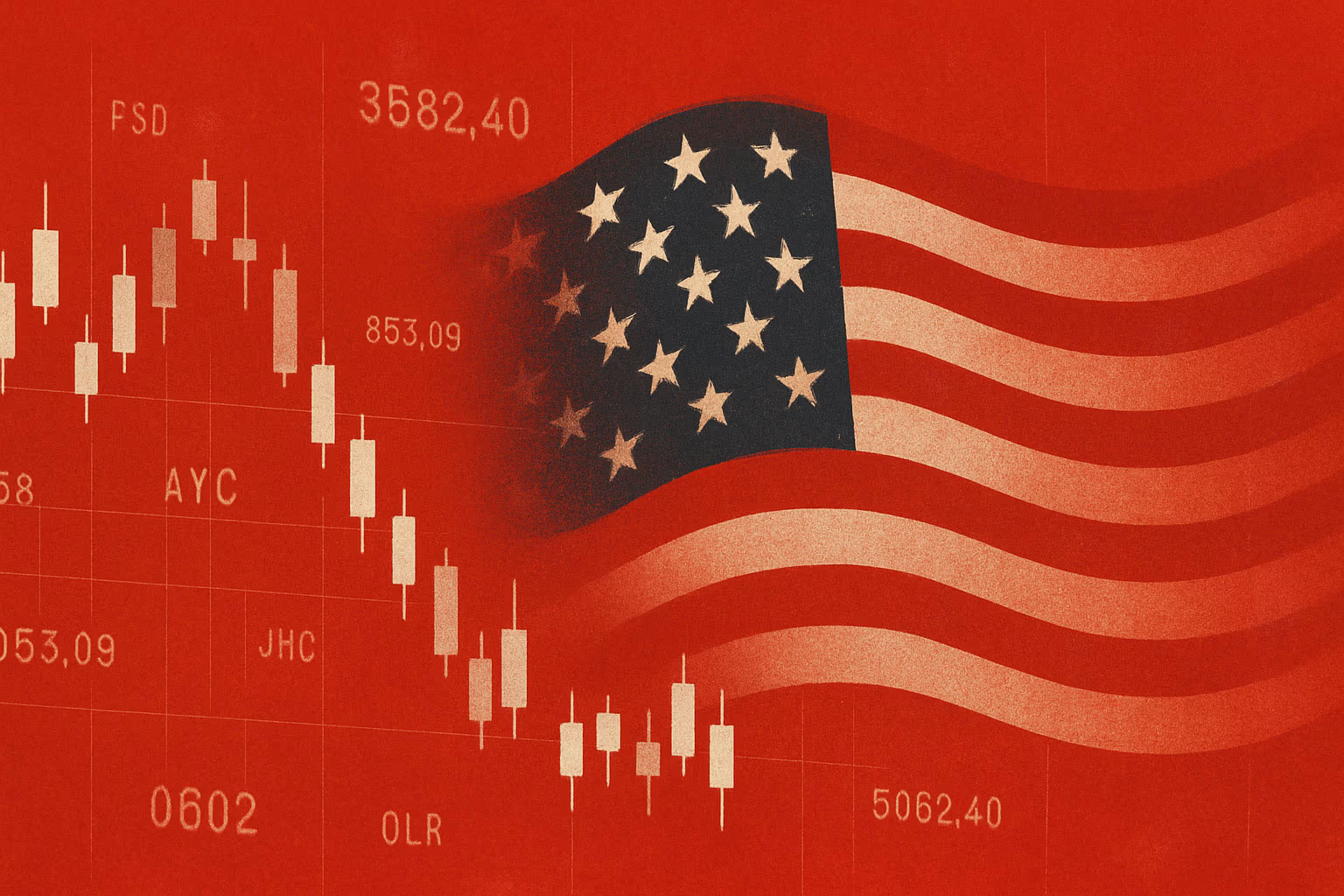President Donald Trump is once again escalating trade pressure, threatening to impose steep tariffs on imported copper, pharmaceuticals, and goods from key trading partners—even as the trade standoff had previously seemed to cool. The question now is less why he is doing this, and more why he wouldn’t. Over the past two months, market behavior, economic indicators, and the broader political context have aligned in the White House’s favor. The effects of volatile trade policy have yet to produce significant damage, and earlier warnings of an imminent downturn appear premature. That gives Trump room to maneuver and encourages his instinctive preference for aggressive protectionism.
Just three months ago, the picture looked different: stocks and bonds were falling, economists were warning of a recession, retailers cited risks of empty shelves, and the fate of a key Republican tax bill remained uncertain. Now, the economic outlook has shifted markedly. Unemployment stands at 4.1%, slightly below the April figure. Inflation data for April and May came in lower than expected. Stock markets are near record highs, and 10-year Treasury yields remain below levels seen on Inauguration Day. Imports continue to flow with no significant price spikes, aided by stockpiles and suppliers’ willingness to absorb some of the tariff costs. On top of that, Trump signed the One Big Beautiful Bill Act on July 4—once seen as politically unworkable. And while the Federal Reserve has yet to cut rates at the pace Trump would like, a reduction in September is becoming increasingly likely.
Tariff Policy of Trump

The U.S. Economy as a Source of Global Instability
American Policymaking Increasingly Resembles That of Emerging Markets

What Is the One Big Beautiful Bill Act?
And Why It Will Make Rich Americans Richer—and the Poor Even Poorer

Who Invented Trump’s Tariff Policy That Shook Global Markets?
Meet Peter Navarro

The U.S. Is Losing Investor Confidence—But the Dollar Remains Irreplaceable
Trump’s Policies Undermine the Foundations of the Global Financial Order, Yet the Dollar Still Has No Real Rivals
It is important to remember that the U.S. economy is a complex, slow-moving system. Adjustments in pricing, logistics, and contracts to accommodate new trade conditions take time. Nevertheless, the Trump administration has repeatedly shown a willingness to make tactical concessions when adverse effects become apparent. This flexibility in charting the course has been one of the factors that helped avert the dire forecasts circulating earlier in the spring.
Even so, the latest trade threats are cause for caution. On July 9, Trump announced potential tariffs of 50% on copper and up to 200% on pharmaceutical products. Markets, however, barely reacted. "By the afternoon, it had virtually no impact on equity prices, interest rates, or the dollar," said Joe Brusuelas, chief economist at RSM. He added that investors still do not believe such tariffs will have a destructive effect. But, he noted, economic fundamentals cannot be ignored indefinitely: corporate margins will shrink, inflationary pressure will rise, and real household incomes will decline.
In short, while the Trump 2.0 economy has shown resilience so far, there is no guarantee that this will last. The longer the White House tests the limits, the greater the risk that today’s confidence may prove to be a temporary illusion.
